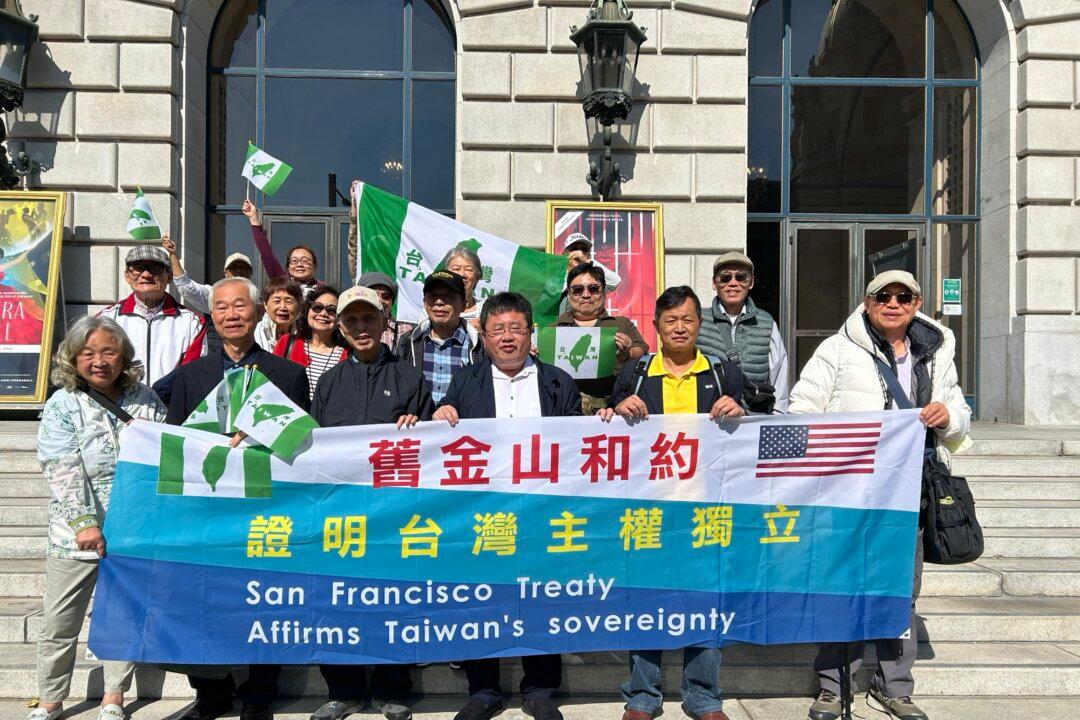More than a year after the New California state movement claimed its independence, it’s become clear that the movement may have a real chance in challenging the U.S. Supreme Court decision on Reynolds v. Sims.
In the case, the Earl Warren-led Supreme Court in 1964 decided that each state’s legislature can be formed according to a model different than the federal legislature.





